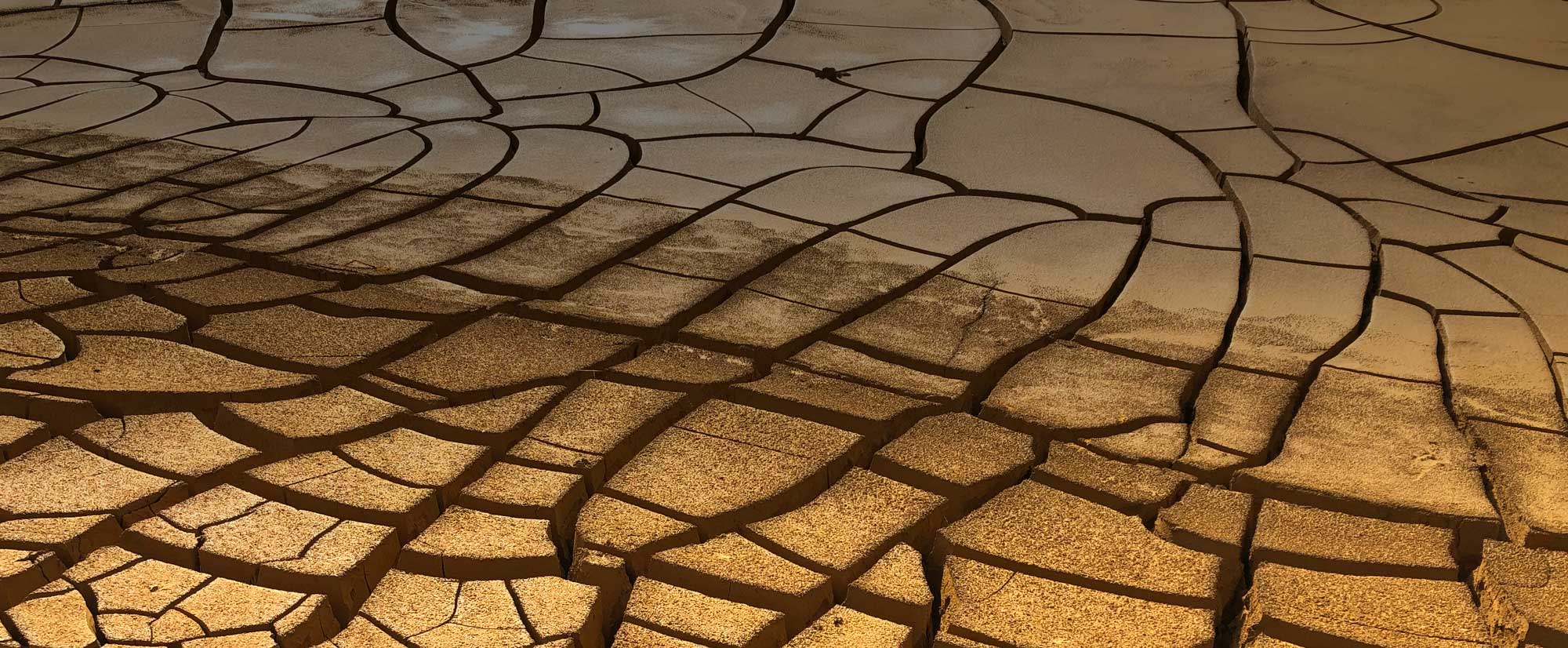
Learn about ochre
Ochre is the main by-product from our mine water treatment processes and is a naturally occurring clay earth pigment, a mixture of iron hydroxide in very fine particulate form and varying amounts of clay and sand.
It ranges in colour from yellow to deep orange or brown and is often found in mine water as it leaches from the natural surrounding geology. In surface water, it often tints the water colour as the ochre oxygenates demonstrating the bright ‘rust’ colours associated with ochre pigment.
How have we used ochre so far?
- Ochre is being used within the Anaerobic Digestion industry, replacing the need to imported man-made products from Europe and beyond, to help reduce the risk of odour from the process and reduces maintenance to the plants.
- We’ve supplied over 5,000 tonnes of ochre to Merseylink, to support the treatment of soil contaminated with arsenic, helping to stabilise over 9,000 cubic meters of soil allowing it to be reused at the site and proving an estimated cost saving of £2million.
Key facts about ochre
- Ochre is being used within the Anaerobic Digestion industry, replacing the need to imported man-made products from Europe and beyond, to help reduce the risk of odour from the process and reduces maintenance to the plants.
- We’ve supplied over 5,000 tonnes of ochre to Merseylink, to support the treatment of soil contaminated with arsenic, helping to stabilise over 9,000 cubic meters of soil allowing it to be reused at the site and proving an estimated cost saving of £2million.